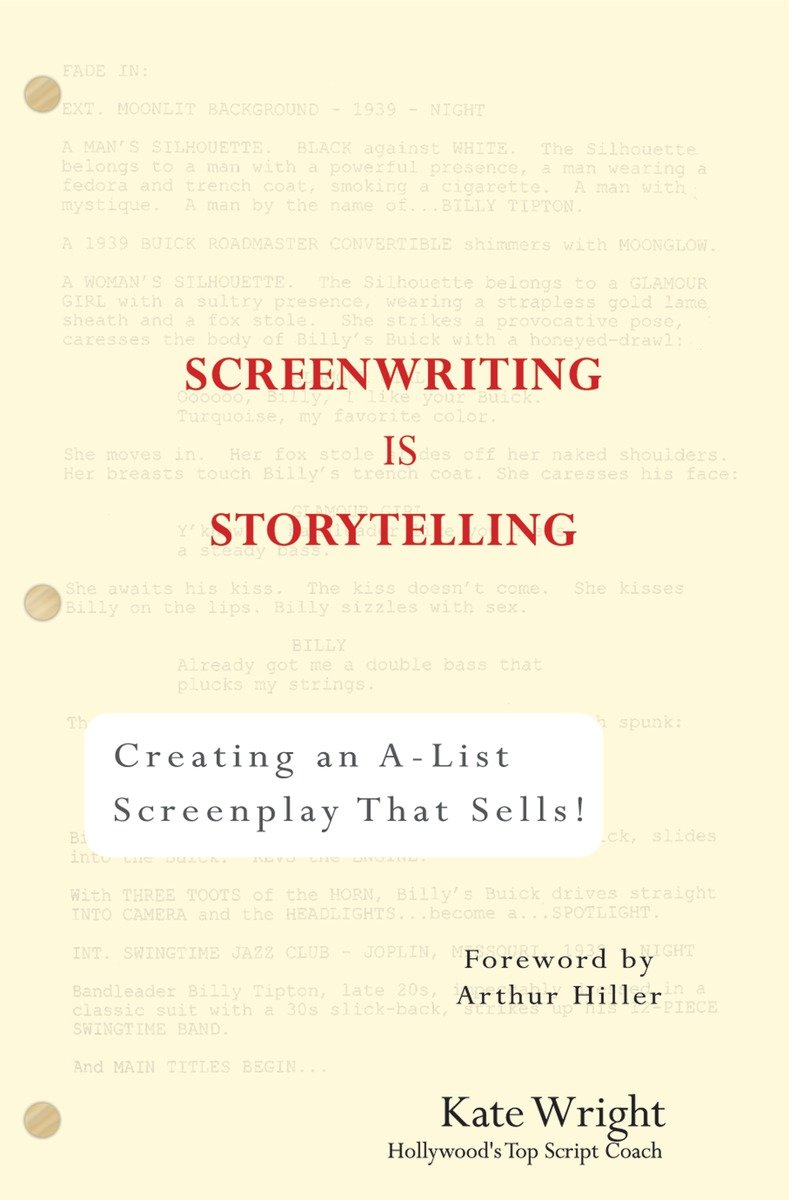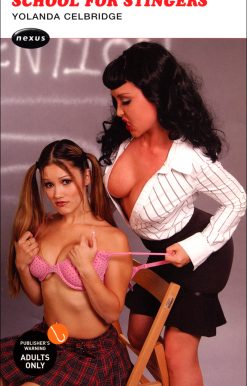Creating an A-List Screenplay that Sells!: Screenwriting is Storytelling
24.00 JOD
Please allow 2 – 5 weeks for delivery of this item
Description
While most screenwriting books focus on format and structure, Kate Wright explains how to put story at the center of a screenplay. A compelling story, complete with intriguing characters and situations created with these screenwriting tricks of the trade can become a box office blockbuster film.Screenwriters will learn:- Developing themes within the plot- Using structure to define the story- Creating memorable characters- Establishing moral dilemmas and conflicts – Achieving classic elements of storytelling in a three-act dramatic structure- Mastering different genres
Additional information
| Weight | 0.33596 kg |
|---|---|
| Dimensions | 1.905 × 15.1638 × 22.8854 cm |
| by | |
| Format | Paperback |
| Language | |
| Publisher | |
| Year Published | 2004-10-5 |
| Imprint | |
| Publication City/Country | USA |
| ISBN 10 | 039953024X |
| About The Author | Kate Wright is an Emmy Award-winning producer and screenwriter with more than 20 years of experience. Ms. Wright is a Senior Instructor at UCLA Extension's internationally known Writers Program where she teaches "Script Doctoring: Rewriting for Production" and "Writing the Screenplay the Professional Way." |
| Table Of Content | Screenwriting is StorytellingForeword by Arthur HillerIntroduction: "Screenwriters must become storytellers."Part OneScreenthinking: "What is my story about?"Chapter 1: Screenwriting is StorytellingChapter 2: Movies are EntertainmentChapter 3: The Big IdeaChapter 4: The Four "Story" QuestionsChapter 5: Form: 3-Act ParadigmsChapter 6: Spine: The ProcessChapter 7: Integrating Form and SpineChapter 8: Critical Thinking and Creative ToolsPart TwoScreenplanning: "How does my story make the audience feel?"Chapter 9: GenreChapter 10: Plot vs. StoryChapter 11: Creating the Main CharacterChapter 12: Creating the AntagonistChapter 13: Supporting Characters Who Tell the StoryChapter 14: Creating Dramatic ConflictChapter 15: Moral Dilemma and the Moral of the StoryChapter 16: Following the Emotional StoryPart ThreeScreenwriting: "This is what my story is about."Chapter 17: The One-Page SummaryChapter 18: The Step OutlineChapter 19: Creating the SceneChapter 20: OriginalityChapter 21: Where Good Scripts Go WrongPart FourRewriting and Script Doctoring: "What is my story really about?"Chapter 22: Writing Is RewritingPart FiveBreaking In and Staying ThereChapter 23: Breaking InChapter 24: Second Careers and Reinventing YourselfPostscript: "Becoming a Storyteller"AppendicesA. Entertainment Industry OrganizationsB. Screenwriting CompetitionsC. Popular Internet Websites for ScreenwritersD. "Standout U.S. Format" and Elements of ScreenwritingBibliographyIndexAbout the Author |
Only logged in customers who have purchased this product may leave a review.






Reviews
There are no reviews yet.